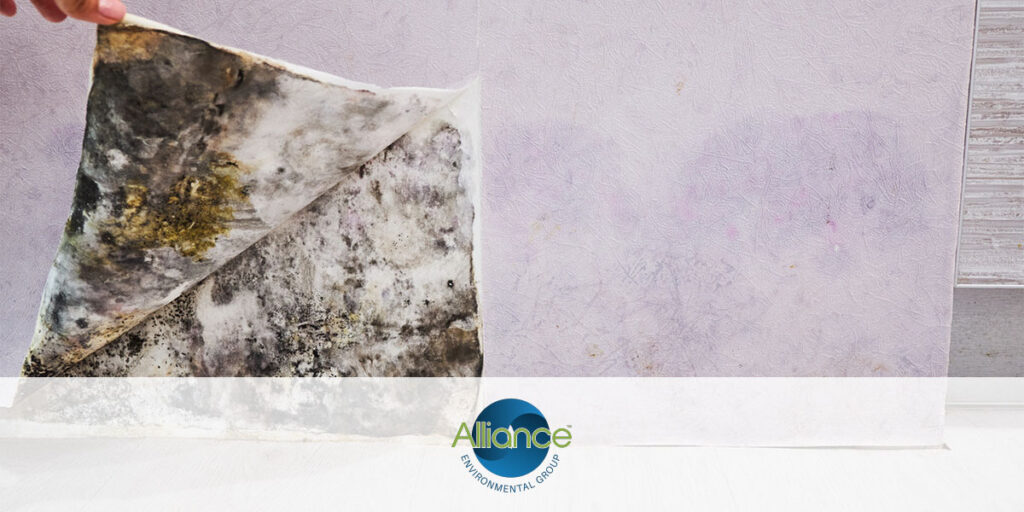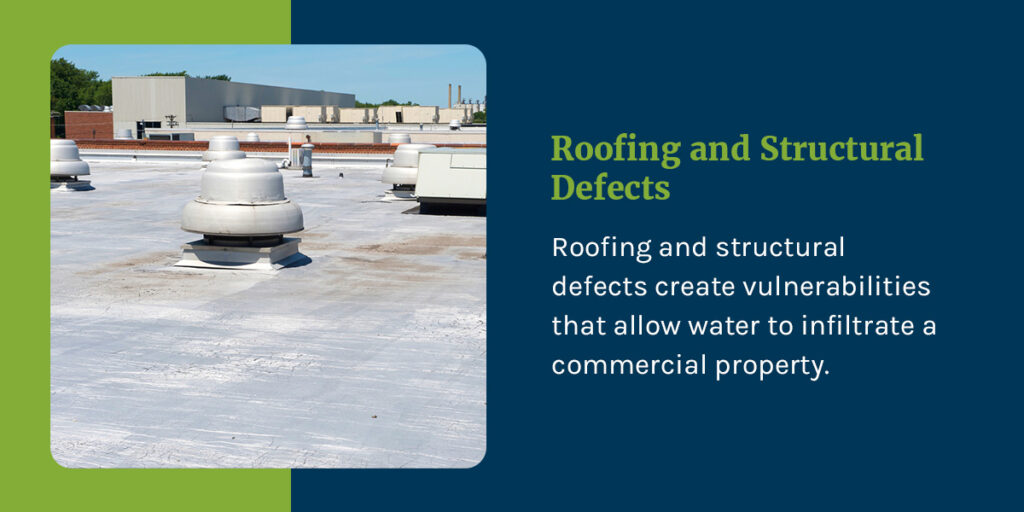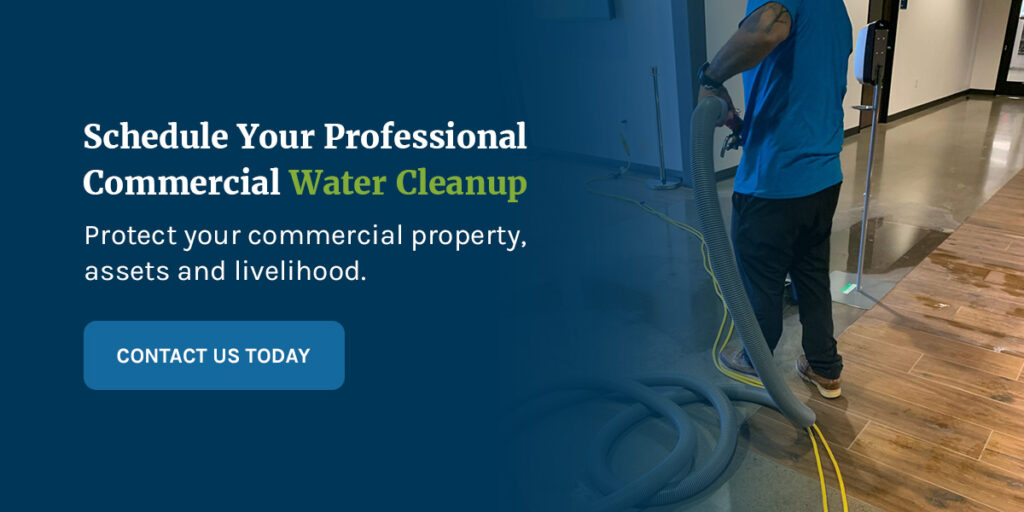AIRTEK
MINTIE
COAST ENVIRONMENTAL
PACIFIC HVAC
ARE NOW A PART OF THE ALLIANCE ENVIRONMENTAL GROUP!
New name, same great service – plus, an array of new service offerings!

Water damage can lead to financial losses, operational disruptions and legal complications. Understanding the causes of water damage lets you proactively detect and address minor issues before they become more significant problems. By providing insights on preventive measures, we aim to equip businesses with the knowledge and strategies necessary to mitigate the risks of water damage.
Several issues can lead to water damage in businesses. Here are the top four causes and how your business can conquer them.
Plumbing system issues reign supreme as the most common water damage claims. The intricate network of pipes, fixtures and drains within a commercial property can be prone to various problems, leading to extensive interior flood damage if left unchecked.
Plumbing issues can result in leaks, burst pipes or backups, causing water to escape its intended path. As water seeps into walls, floors or ceilings, it infiltrates the building’s structure and poses a significant risk to the surrounding areas. The accumulated moisture can lead to rot and mold growth and compromise the property’s integrity.

Roofing and structural defects create vulnerabilities that allow water to infiltrate a commercial property. Whether it’s a compromised roof membrane, deteriorated flashing or cracks in the foundation, these weaknesses pave the way for water to seep into the building. Over time, this moisture can wreak havoc, leading to mold growth, structural degradation and damage to interior assets.
Business owners must prepare to mitigate the risks associated with severe weather conditions. Extreme weather events, including heavy rainfall, storms, hurricanes or snowstorms, can substantially threaten commercial properties. Intense precipitation or high winds can compromise the building envelope, allowing water to infiltrate the structure. Rapid snowmelt or excessive runoff can also overload drainage systems, leading to water backups and potential flooding.
Property owners tend to focus on external factors, but sometimes water damage comes from equipment failures. When commercial equipment malfunctions or fails, it can lead to water leaks, overflow or uncontrolled discharge. The source of the problem can range from HVAC systems, water heaters or sprinkler systems to commercial appliances and plumbing fixtures. Failure of these components can result in significant water damage, affecting the immediate vicinity, adjacent areas and valuable assets.
While it is crucial to understand the various causes of commercial water damage, it is equally essential to promote awareness and implement preventive measures to minimize the risk of such incidents.

While businesses can independently implement many preventive strategies, partnering with a professional water damage restoration company like Alliance Environmental can provide invaluable expertise and comprehensive solutions. With our specialized knowledge and advanced equipment, we can effectively assess, mitigate and restore water damage, minimizing downtime and ensuring a swift recovery.
Don’t let water damage compromise your business operations any longer. If your business is within our service area, schedule a thorough assessment and personalized solutions. Protect your commercial property, assets and livelihood.
Take the first step toward a water-damage-resistant future. Contact us today and secure your business’ safety and success.
AIRTEK
MINTIE
COAST ENVIRONMENTAL
PACIFIC HVAC
ARE NOW A PART OF THE ALLIANCE ENVIRONMENTAL GROUP!
New name, same great service – plus, an array of new service offerings!